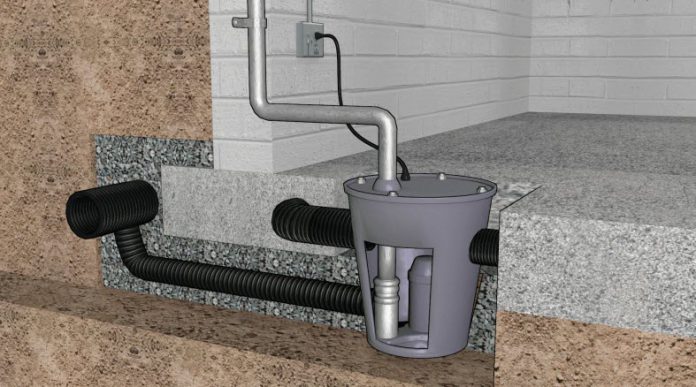The problem of basement flooding can be very costly and frustrating. There are many potential solutions, but the most common is installing a sump pump. Such a machine can solve the flooding problem in a basement, but items like raised flooring, gutters, and downspouts can also help prevent flooding.
But installing a sump pump removes excess water beneath a home effectively and at an affordable cost. This blog has discussed some factors that help calculate its installation cost and signs when you need to change the model.
Floor Type
A dirt floor will typically cost less to install a sump pump than a concrete floor because the materials required are generally cheaper. However, if a home has a wet basement, there may need to be more than just installing a machine on a dirt floor to prevent flooding.
Location of the Pump
Pumps that are easily accessible are usually cheaper to install than pumps that require more effort. However, if the plumbing in that area is densely packed, it will increase the price of installing a pump.
Model Type
Submersible pumps are typically less expensive to install than pedestal pumps, but they require a larger area for installation. Conversely, pedestal pumps are usually more costly than submersible pumps, but they need less space and can be installed in smaller sizes.
It is also essential to consider the type of machine system that will be installed. For example, a standby system will only drain the sump if there is a power outage; an automatic system will monitor the water level and activate the pump whenever it rises above a preset level.
How do you know it’s time to change the model?
Excessive vibrations
If your home’s sump pump is creating vibrations at or above 50 Hz, it may be time to replace it. Vibration from a failing machine can cause structural damage to your home and lead to costly repairs.
High and irregular noise
If you’re noticing high and irregular noise from your sump pump, it may be time for a new one. Other indications include when the machine becomes challenging to operate or leaks water faster than usual. If you notice these signs, you must take action and have your machine replaced as soon as possible.
Corroded battery terminal
If you’ve been having problems with your sump pump for a while, it probably means that the battery terminal has corroded. This can happen when the model hasn’t been used for a while, or the water level has gone down too much to function for a battery. Check the battery terminal. If it’s corroded and visible, it may be time to replace the pump.
Infrequent Usage
If you notice that your pump is working less often than it used to, it may be time to change it. Infrequent usage can cause the motor to fail, flooding your basement or home.
Older Pumps
If you have an older pump, it may be time to change it. Pumps seven to ten years old or older are typically less efficient than newer models and may need to be replaced. Older pumps also tend to have shorter life spans, so keeping an eye on the machine kits used in your home is essential.
Wrap Up
Installing a sump pump is essential in protecting your home from potential flooding. If this is your first time installing one, be sure to consult with a professional. Be prepared to cover the installation cost yourself or through your insurance company. Finally, keep your sump pump operational and adequately maintained to ensure its long-term effectiveness in keeping your home dry.















